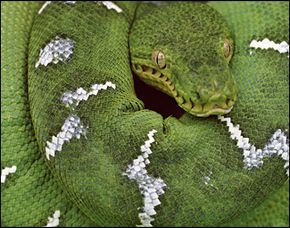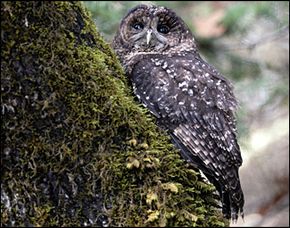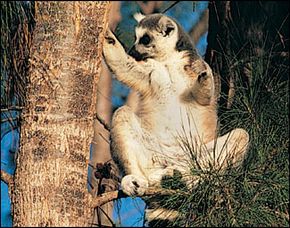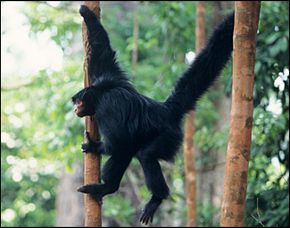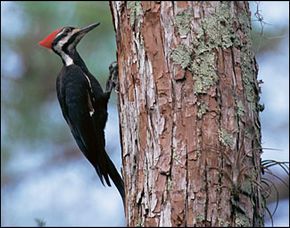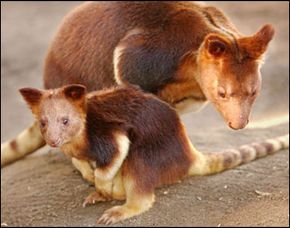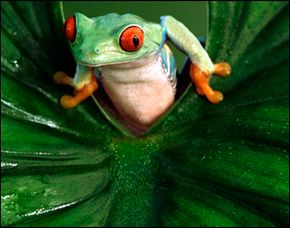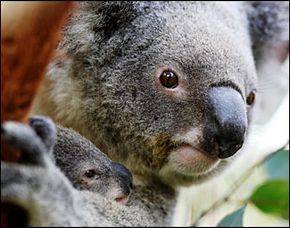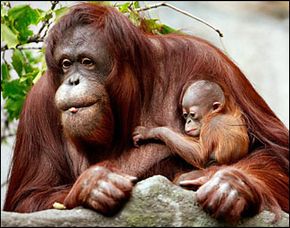Key Takeaways
- Tree-dwelling animals like the green tree python, spotted owl and flying lemur have adapted unique features to thrive in arboreal environments.
- Spider monkeys and woodpeckers use their specialized limbs and beaks to navigate and find food among the trees.
- Koalas and orangutans spend most of their lives in trees, using strong limbs and specialized diets to survive.
Have you ever wondered what Darth Vader would look like as an insect? A treehopper is probably a pretty safe bet. The foremost part of the thorax in this group of tree-dwelling insects is a hard protuberance in the shape of a horn, spine, bulb or crescent. It gives them the appearance of wearing a helmet or suit of armor. It also gives them a great deal of protection in the forest - these structures are tough enough to puncture skin or penetrate a shoe. With mouthparts modified for sucking tree sap, these insects are perfectly arboreal, a term that means living in trees, and rarely descend to the forest floor. They are called treehoppers for their habit of hopping away when approached or threatened.
Advertisement

